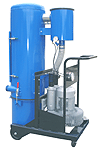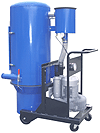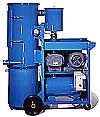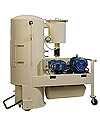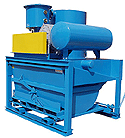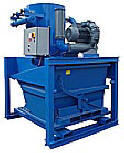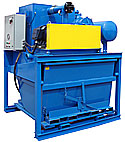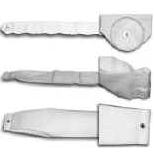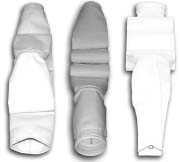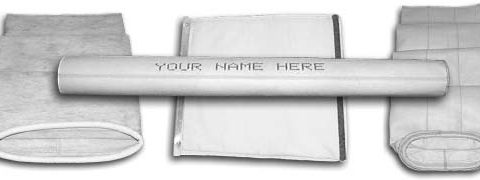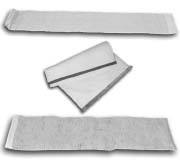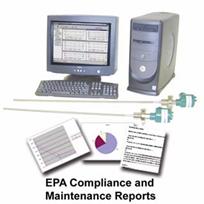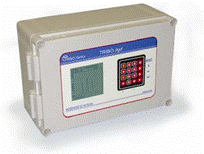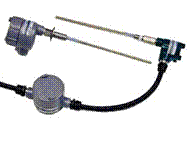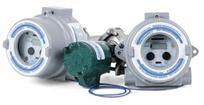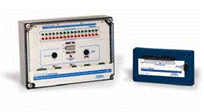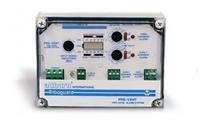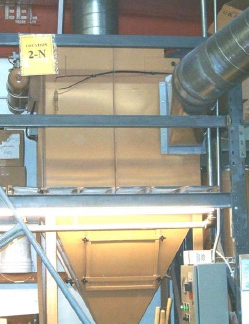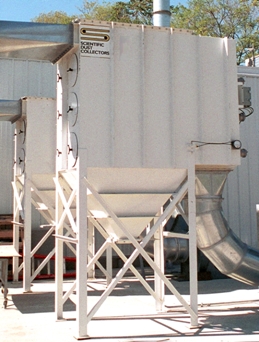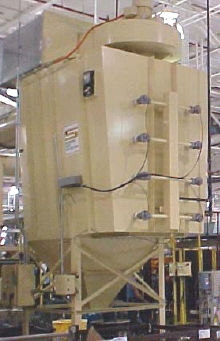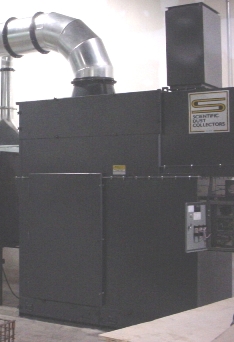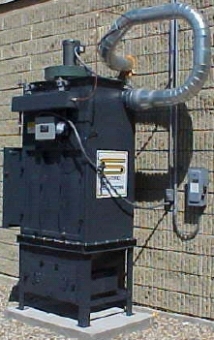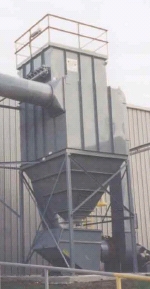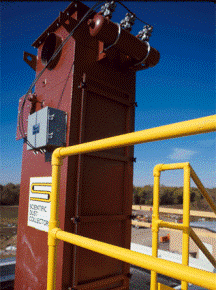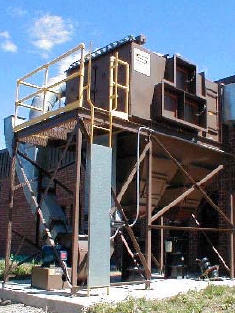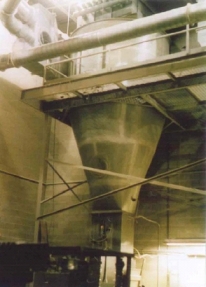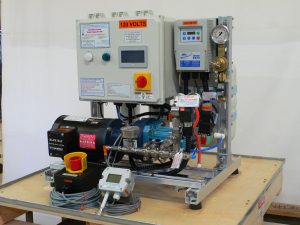We Solve Dust Control problems through Effective Engineering Controls
PENNVINT will provide a full analysis of your facility and collect necessary information on equipment such as conveyors, crushers, chutes, weighfeeders, dust collectors, mills, silos… etc. to provide a full status report. Through this report we can provide recommendations on solutions to improve conditions at your facility.
Long term low maintenance solutions that offer you long term sustainability for your company and your workers.
Problems we solve:
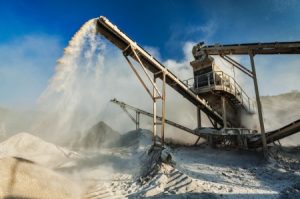
A 2013 study by the National Institute for Occupational Safety and Health (NIOSH) identified exposure to crystalline silica sand as one of the most significant known health hazards to workers during hydraulic fracturing. Breathing silica dust can cause several diseases including lung cancer and silicosis, a fatal and incurable respiratory condition that can take 10-15 years to demonstrate symptoms. Silica dust on clothing, vehicles and other personal items can transfer these health risks to workers’ homes and elsewhere throughout the communities where frac sand processing plants are located.
The recent 2017 Silica Ruling now has caused urgency to respond with BACT – Best Available Control Technologies to combat fugitive dust.
Industrial conveying, crushing, discharging and loading systems should implement BACT Technologies which are essential in the effort to significantly reduce if not eliminate silica-related health risks.
PENNVINT AND PENNBelting are in the business to keep your workers
and your bottom line SAFE.
Dust Control Products and Solutions
Scientific Dust Collectors manufactures a full line of Baghouse Dust Collectors to meet the needs of your specific operation. For over 28 years, SDC has provided customers with unmatched cleaning performance due to our superior cleaning system that employs a patented supersonic nozzle to clean the filters more effectively than any of our competitors.Baghouse Dust Collectors are ideally suited to capture dusts that are larger or more difficult to clean. Dusts that are high temperature or hygroscopic are better suited for collection in baghouse dust collectors. In addition, larger dust sizes (greater than 50 microns) and higher grain loadings (over 5 grains per cubic foot) are ideal for baghouse units. Dusts that have a tendency to form films that solidify should be handled in fabric baghouse collectors. If hydrocarbons are present in the airstream, the same problems may occur. For these types of applications, baghouses are recommended because the dust cake may require flexing before the cake will burst. Some examples of dust that are collected using fabric filter baghouses are: flyash, coal, cement, lime, fiberglass, paper, plastic, sawdust, and other stringy or irregular shaped dusts.



